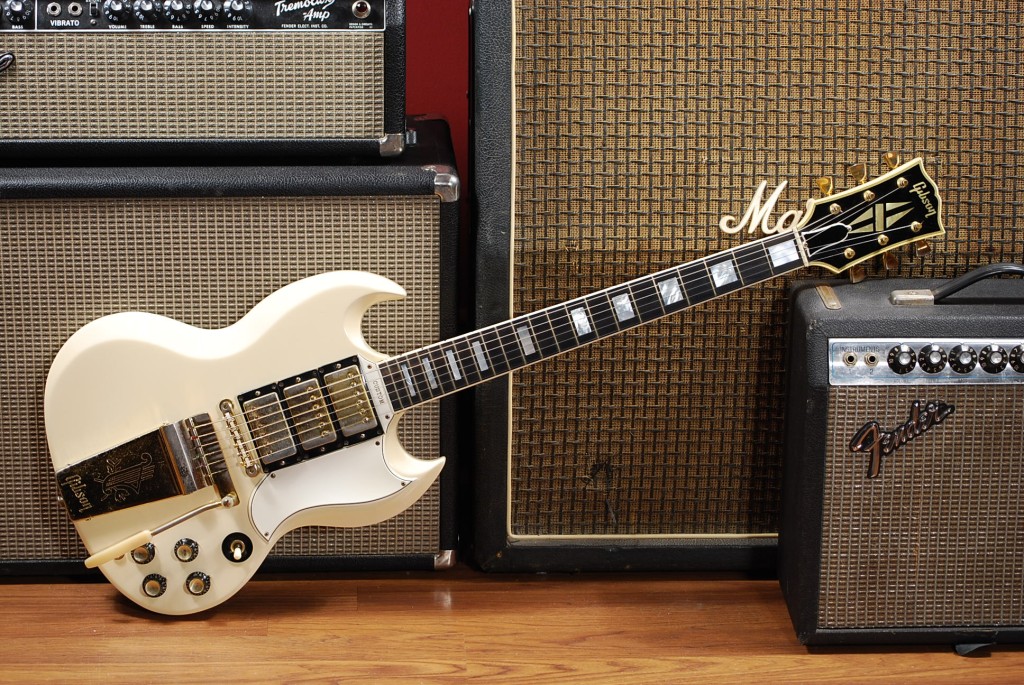
Music technology (electric)
Electric music technology refers to musical instruments and recording devices that use electrical circuits, which are often combined with mechanical technologies. Examples of electric musical instruments include the electro-mechanical electric piano (invented in 1929), the electric guitar (invented in 1931), the electro-mechanical Hammond organ (developed in 1934) and the electric bass (invented in 1935). All of these electric instruments do not produce a sound that is audible by the performer or audience in a performance setting unless they are connected to instrument amplifiers and loudspeaker cabinets, which made them sound loud enough for performers and the audience to hear. Amplifiers and loudspeakers are separate from the instrument in the case of the electric guitar (which uses a guitar amplifier), electric bass (which uses a bass amplifier) and some electric organs (which use a Leslie speaker or similar cabinet) and most electric pianos. Some electric organs and electric pianos include the amplifier and speaker cabinet within the main housing for the instrument.
For all types of musical technologies, see Music technology; For electronic and digital music technology, see Music technology (electronic and digital)Electric sound recording and reproduction are electrical or mechanical techniques and devices for the inscription and re-creation of sound waves, such as spoken voice, singing, instrumental music, or sound effects. Acoustic analog recording is achieved by a small microphone diaphragm that can record sound waves on a phonograph (in which a stylus senses grooves on a record) or magnetic tape. The first practical sound recording and reproduction device was the mechanical phonograph cylinder, invented by Thomas Edison in 1877 and patented in 1878.[1] The next major technical development was the invention of the gramophone disc in 1889. For much of the 20th century, records were the most common way of selling sound recordings. The widespread availability of records and the development of radio broadcasting enabled a much larger proportion of people to listen to songs and pieces performed by the top artists, enabling the development of national and even international musical stars. In the 1970s, the compact cassette became a major consumer audio format. Advances in electronic and mechanical miniaturization led to the development of the Sony Walkman, a pocket-sized cassette player introduced in 1979, which allowed consumers to listen to their favourite albums outside of their home.